Optimal Timing for Wooden Fascia Repairs
Timing for wooden fascia repairs is crucial to ensure optimal results and longevity. The best time generally aligns with periods of mild weather, avoiding extreme cold, heat, or high humidity. Proper timing can prevent further damage caused by weather-related stress, such as expansion, contraction, or moisture infiltration.
These seasons offer moderate temperatures and lower humidity, making them ideal for repairs and painting, which helps prevent wood rot and decay.
Late summer can be suitable if the weather remains dry and warm, providing good conditions for drying out old or damaged wood before winter.
Cold temperatures and high moisture levels can hinder repair work and increase the risk of further damage or poor adhesion of paint and sealants.

Inspecting fascia in spring helps identify damage early after winter.
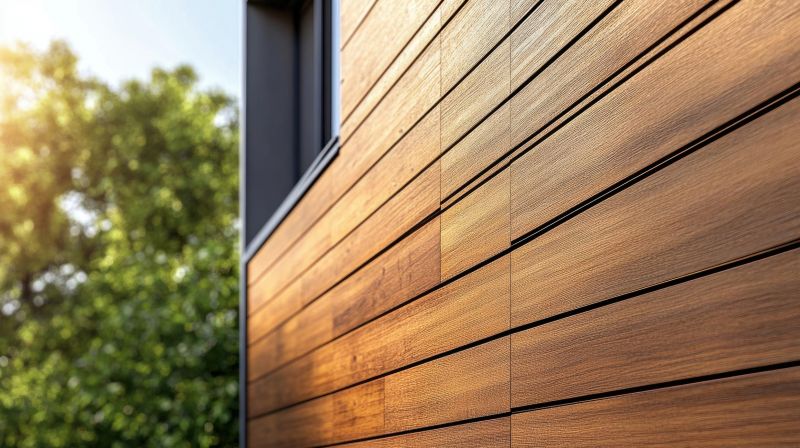
Summer is suitable for repairs due to dry weather conditions.

Performing repairs in autumn prepares the fascia for winter weather.

Ways to make Wooden Fascia Repairs work in tight or awkward layouts.

Popular materials for Wooden Fascia Repairs and why they hold up over time.

Simple add-ons that improve Wooden Fascia Repairs without blowing the budget.
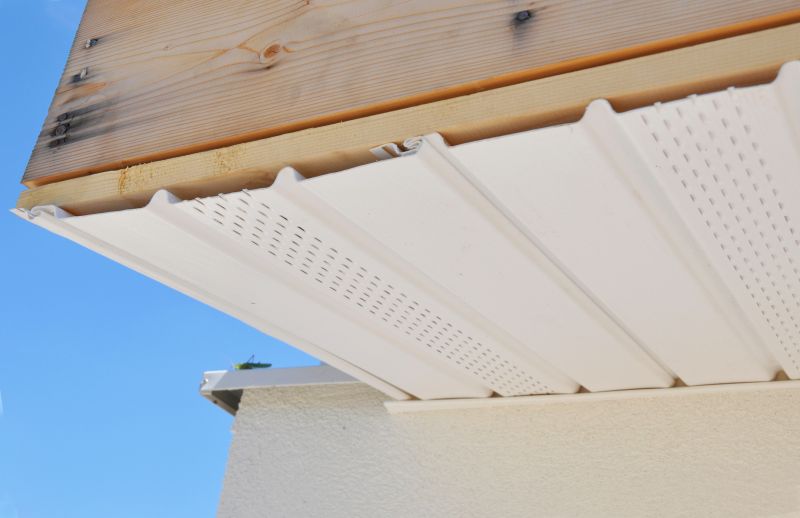
High-end options that actually feel worth it for Wooden Fascia Repairs.
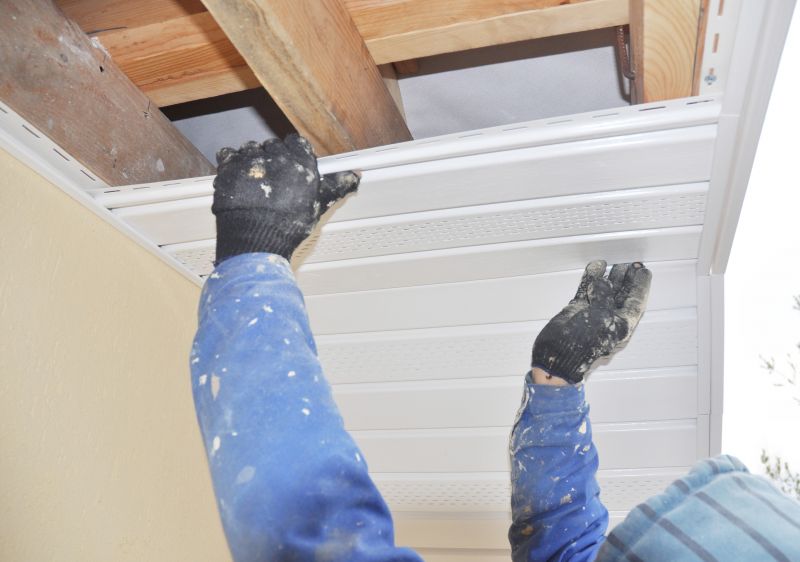
Finishes and colors that play nicely with Wooden Fascia Repairs.
| Season | Recommended Actions |
|---|---|
| Spring | Inspect and repair damaged fascia, repaint if needed. |
| Summer | Perform extensive repairs and sealing, especially in dry weather. |
| Autumn | Address minor repairs and prepare fascia for winter. |
| Winter | Avoid repairs due to cold and moisture risks. |
Wooden fascia plays a vital role in protecting the roof and structure of a building by shielding it from weather elements. Proper maintenance and timely repairs can extend its lifespan significantly. According to industry statistics, regular inspections and maintenance can prevent up to 70% of major repairs caused by water damage and wood rot. The durability of fascia depends heavily on climate conditions, material quality, and maintenance practices.

Signs of damage include peeling paint, wood rot, and warping.
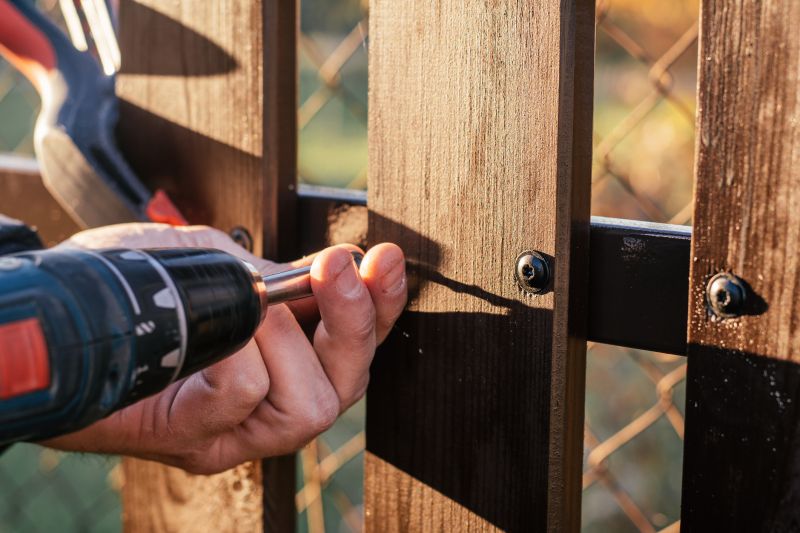
Removing damaged wood, treating for pests, and replacing with new fascia.
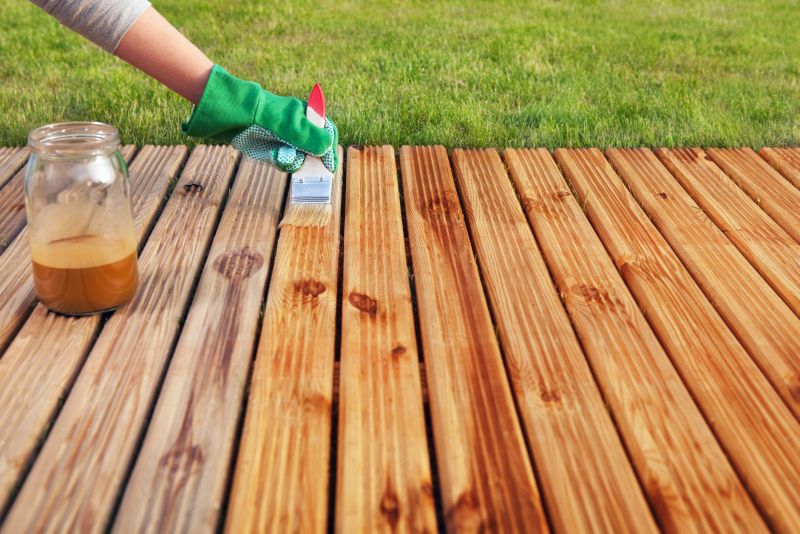
Applying protective coatings to extend lifespan and prevent moisture ingress.
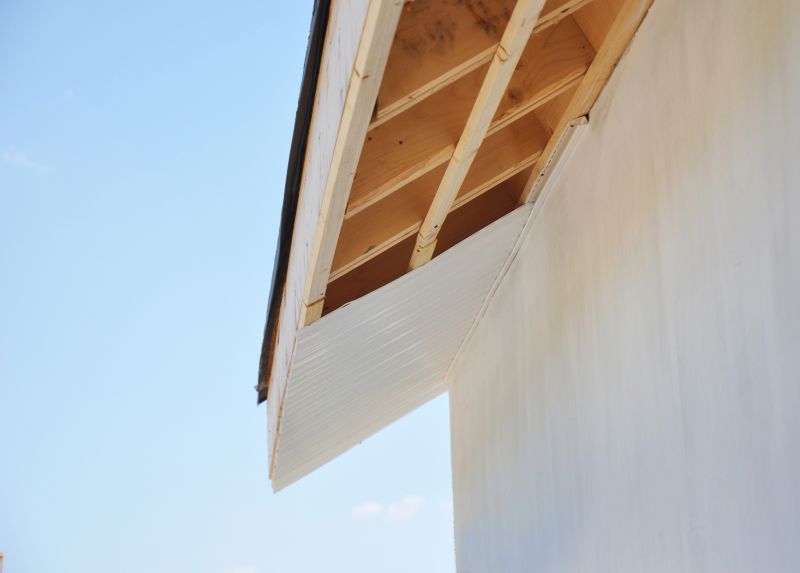
Properly repaired and sealed fascia enhances curb appeal and structural integrity.

Little measurements that prevent headaches on Wooden Fascia Repairs day.

A 60-second routine that keeps Wooden Fascia Repairs looking new.
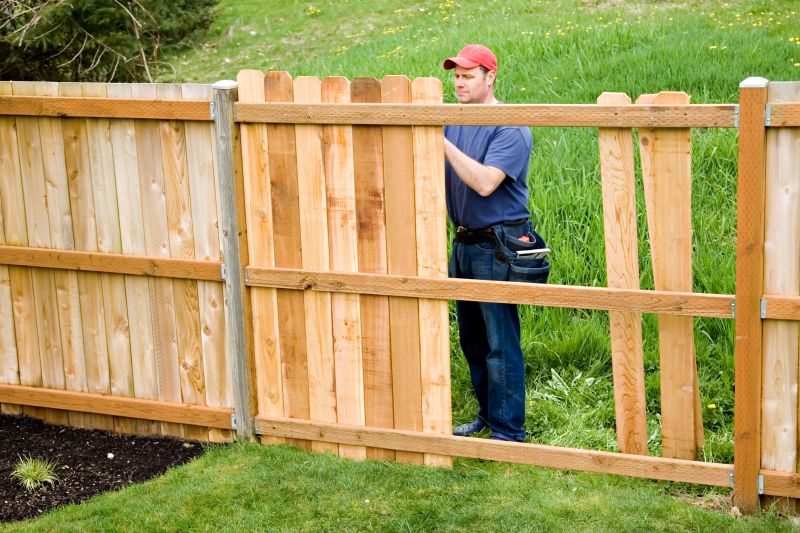
A frequent mistake in Wooden Fascia Repairs and how to dodge it.

Small tweaks to make Wooden Fascia Repairs safer and easier to use.
Interest in wooden fascia repairs can be addressed by scheduling inspections during the most suitable seasons. Proper timing ensures that repairs are effective and durable, reducing the need for frequent maintenance. For further information or to initiate a repair project, contact the relevant service provider to discuss options and scheduling.
